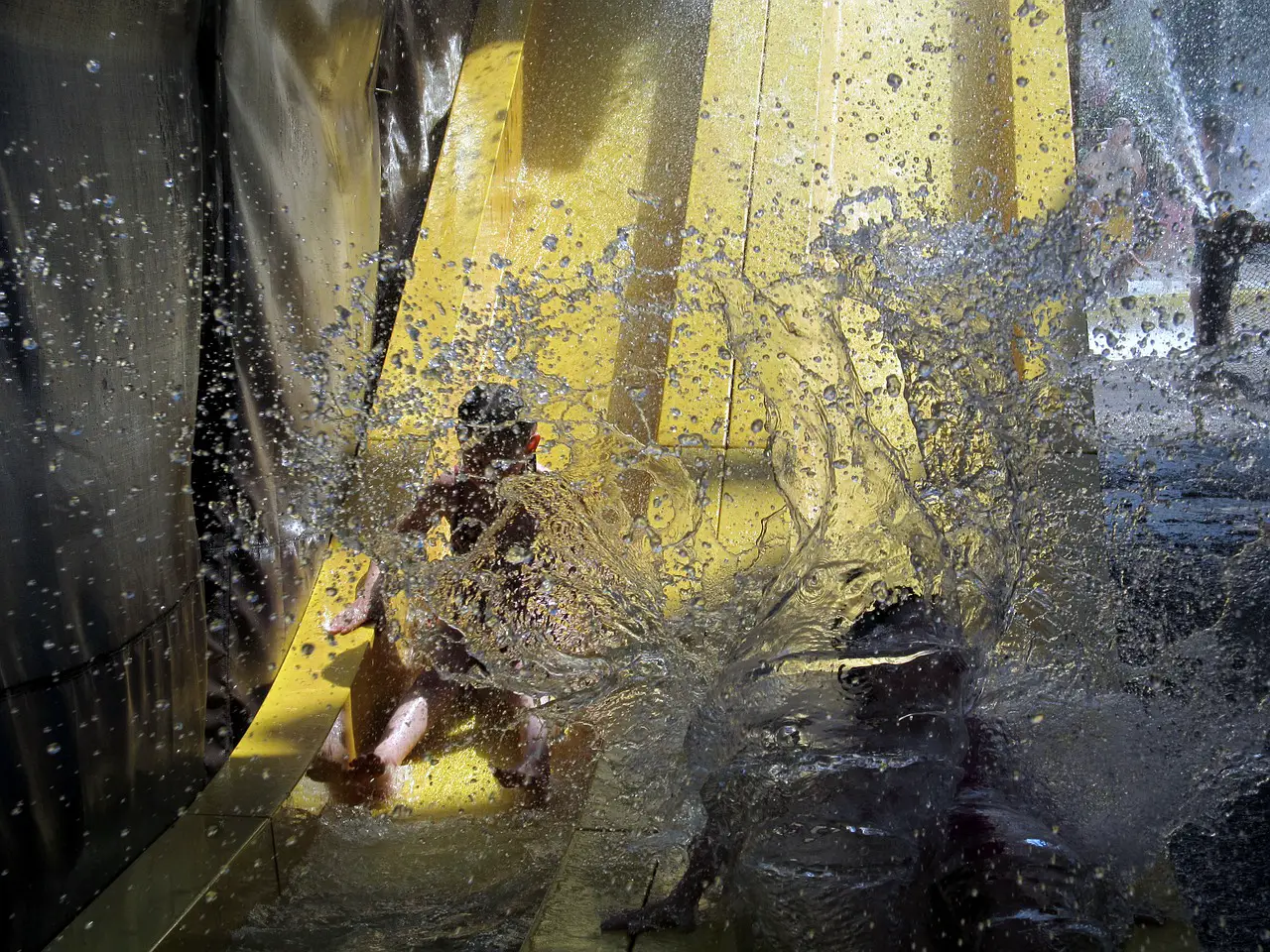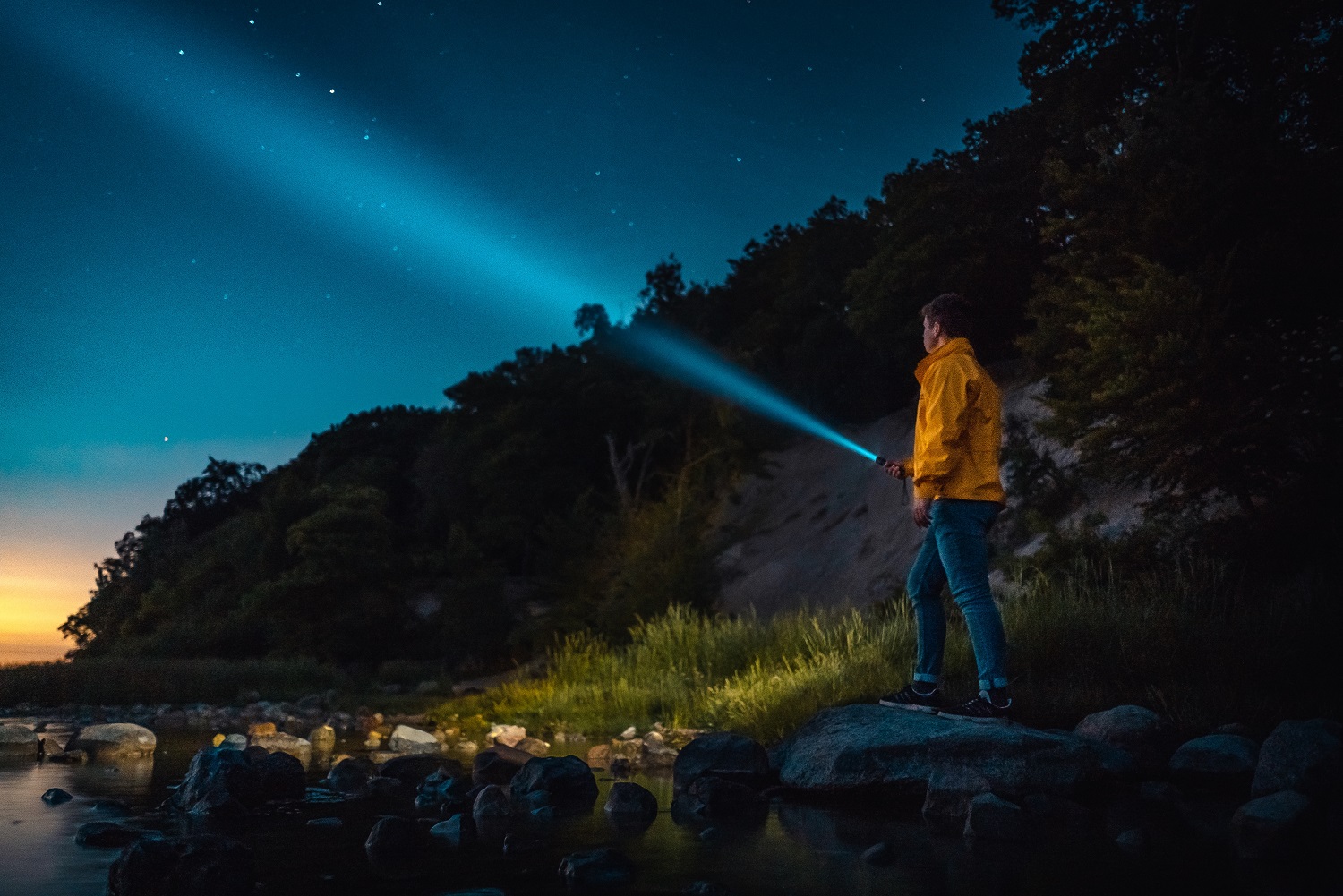Survival Skills: How to Survive a Sinking Ship
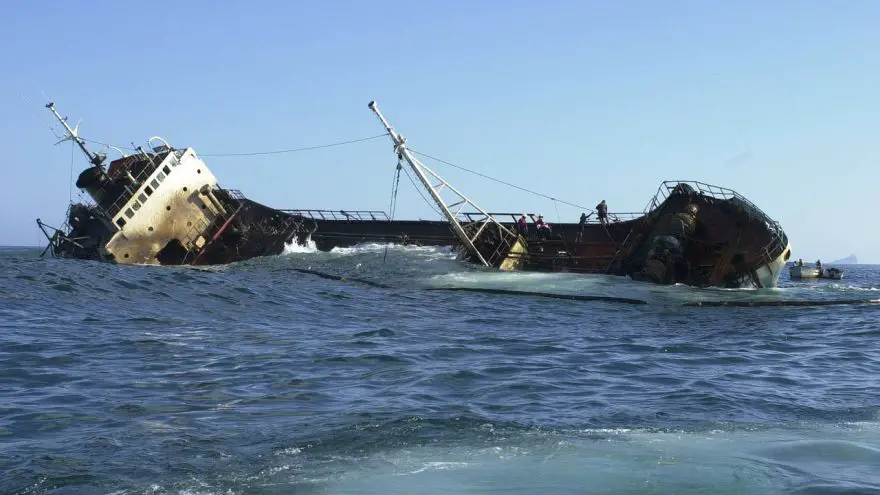 Survival Skills: How to Survive a Sinking Ship
thegearhunt.com
Survival Skills: How to Survive a Sinking Ship
thegearhunt.com
You thought about the unspoiled treasure of the coastline of Alaska. You also considered the icy, frigid waters of Antarctica. However, you decided on the clear blue, warm waters of the Caribbean in the end. You have saved up your money, packed your sunscreen, and had a bit of shuffleboard practice. The date of the launch draws nigh, and you are ready for the noise of the slot machines, the music of the tango, and maybe to catch a magic show or marvel at a few ice sculptures. You guessed it, you are going on a cruise.
If you happen to be planning a cruise, you are far from alone. CLIA (Cruise Lines International Association) has projected that more than 34 million people aged 25 and older will cruise in the coming 3 years. That is fantastic news for the cruise industry. However, what happens if the ship you have chosen hits an iceberg or a reef? We are all too aware of what happened with the Titanic. Is it even possible for modern ships to sink? It might not happen too often, but cruise ships do sink. If you don’t believe me, just ask some of the people who were aboard the cruise ship named the Sea Diamond. That one sank just off the coast of Greece back in 2007. There were 1,600 passengers as well as crew members who were evacuated in a bit more than 3 hours. That being said, 2 people were presumed dead when they were never accounted for.
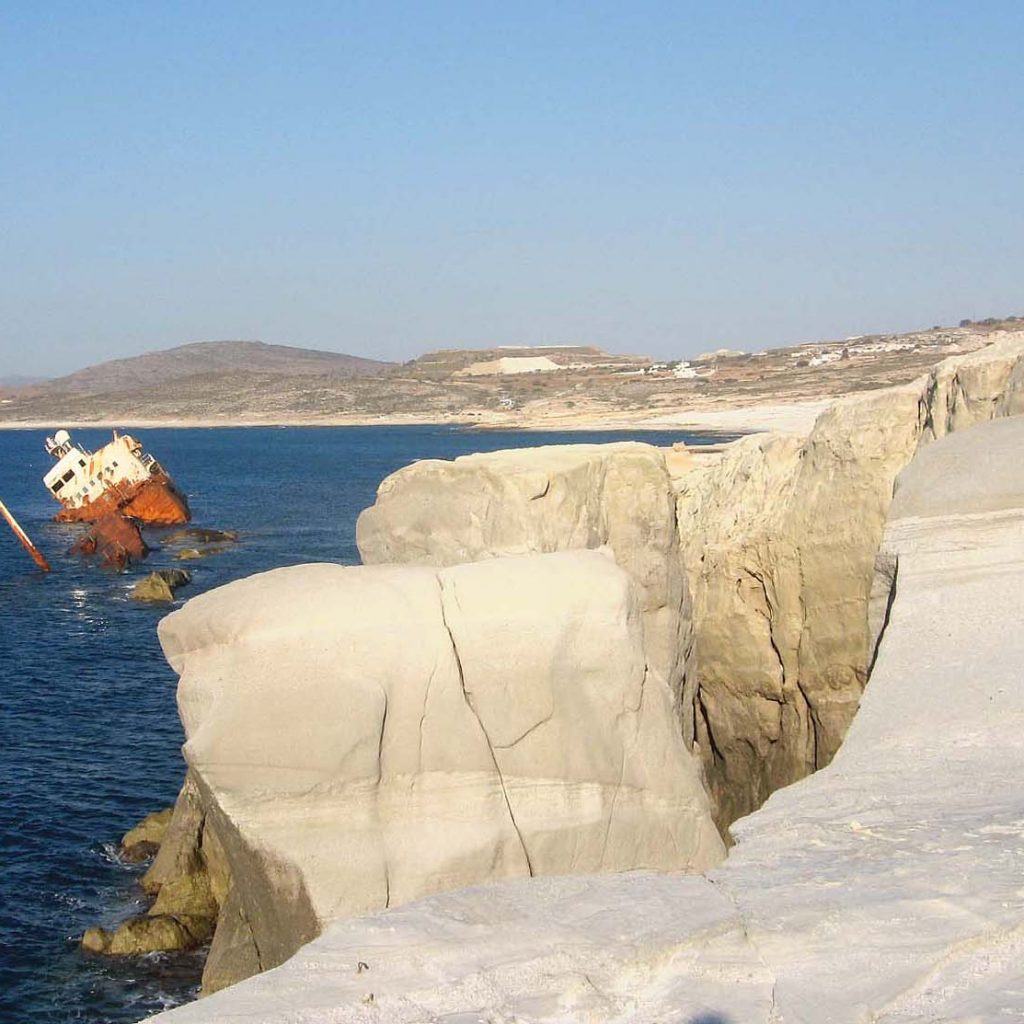 There is a website named cruisejunkie.com that list the cruise ships that have foundered since 1980. There are 19 of them. Many of those ships didn’t record any fatalities, but the thought of going down a la Kate Winslet and Leo DiCaprio can be enough to keep the more superstitious of travelers with their feet firmly on dry land. The even scarier part is that ships made for cruises that sink are only a teeny part of seagoing vessels that sink. It is thought that there are more than 10,000 boats that sink on a yearly basis. Many of these might be docked at the time, but many more sink while they are at sea. This includes yachts, sailboats, freighters, and ferries.
There is a website named cruisejunkie.com that list the cruise ships that have foundered since 1980. There are 19 of them. Many of those ships didn’t record any fatalities, but the thought of going down a la Kate Winslet and Leo DiCaprio can be enough to keep the more superstitious of travelers with their feet firmly on dry land. The even scarier part is that ships made for cruises that sink are only a teeny part of seagoing vessels that sink. It is thought that there are more than 10,000 boats that sink on a yearly basis. Many of these might be docked at the time, but many more sink while they are at sea. This includes yachts, sailboats, freighters, and ferries.
If you happened to be on a ship that was sinking, would you know what to do? Does a sinking ship mean that you will absolutely die? You might be a bit relieved to find that you can possibly survive this type of disaster if you can remain calm and do what you need to do. In fact, you might even be able to stop the ship from sinking with the right equipment and quick action.
Why Ships Sink
Boats and ships are constructed in such a way that they float on the top of the water. However, there are many things that can happen that would be able to turn it into more of a submarine. It is inevitable that a boat will take on water. Things like tiny leaks, and large waves that break over the side happens all too often. Typically, this water finds its way to the art of the boat that is the lowest… the bilge. Because of this, boats and ships are often equipped with what is known as a bilge pump that works to get the water back out of the boat once it reaches a predetermined level. Yes, boats do sink while they are docked too, but unless you actually live on your boat, this isn’t generally a scenario that is life-threatening.
Some of the more common reasons for a boat to sink include things like:
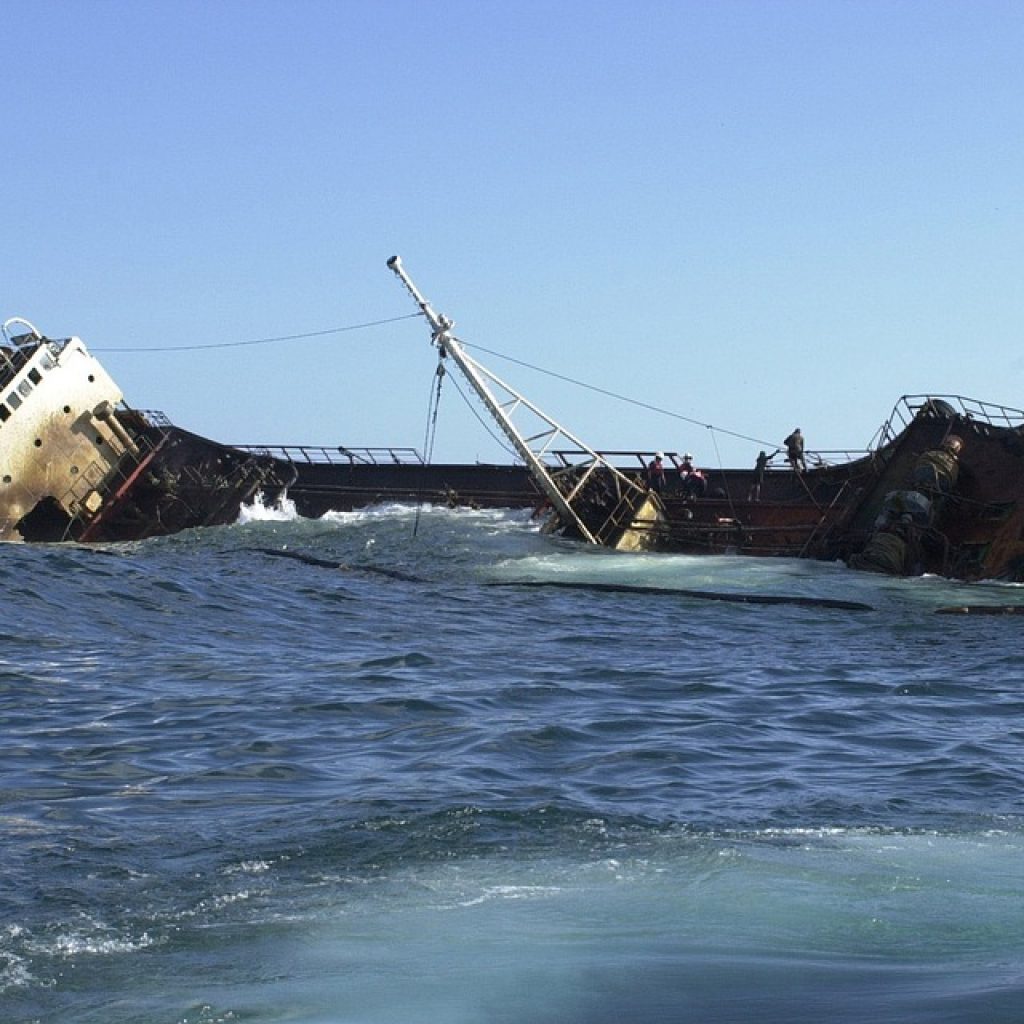 A low transom. The transom of a boat is the vertical flat surface that forms the stern, or rear end of a boat. For vessels that are outboards, the motor will be mounted on this part of the boat. For those vessels that are larger and inboard, you tend to find the name of the boat on the transom. The general idea for the transom is for it to be tall enough so that it won’t take any water on. However, sometimes simple flaws in the design can mean that it is too low. A transom can also be made too low by an improper distribution of the weight on board. In fact, it can lower the transom to the point where waves can actually crash over it and flood the boat’s deck with water. If you want to make sure that this doesn’t happen, try not to store all of the heavier gear in the stern. Things like bait, fishing gear, and scuba gear should all be evenly distributed across the boat to ensure that the transom remains at a height that is safe. Also, never anchor from the stern. It might pull the transom further down.
A low transom. The transom of a boat is the vertical flat surface that forms the stern, or rear end of a boat. For vessels that are outboards, the motor will be mounted on this part of the boat. For those vessels that are larger and inboard, you tend to find the name of the boat on the transom. The general idea for the transom is for it to be tall enough so that it won’t take any water on. However, sometimes simple flaws in the design can mean that it is too low. A transom can also be made too low by an improper distribution of the weight on board. In fact, it can lower the transom to the point where waves can actually crash over it and flood the boat’s deck with water. If you want to make sure that this doesn’t happen, try not to store all of the heavier gear in the stern. Things like bait, fishing gear, and scuba gear should all be evenly distributed across the boat to ensure that the transom remains at a height that is safe. Also, never anchor from the stern. It might pull the transom further down.
Missing drain plugs. This might seem to be a no-brainer but ships often sink due to drain plugs that are missing. When boats travel forwards, the whole vessel tends to sit higher than when it is stationary, with the front end being higher than the stern. Water that is collected from sea spray or waves exits the boat via a drain at the stern at around the level of the deck. When you are traveling forward, as the ship tilts up, the collected water will make its way to the stern and drain out. The thing is, if the captain forgets to plug the drain when the boat stops moving, the stern sinks back to its normal level and can take water on through that drain hole. If you have command of a boat, you should always have extra drain plugs on hand and keeping one near the ignition can be a reminder.
Leaks in the cooling system. The engines of boats are cooled with water. An engine that is 300 hp will be pumped with around 30 gallons per minute. If one of the hoses for this isn’t tight enough or bursts, this water might collect in the bilge, and you might find your vessel sinking. Check for things like breaks, obvious splits, and corrosion in the fittings and hoses of your cooling system before you set sail. Anything that seems suspicious should be replaced before you depart.
Error in navigation. Put in layman’s terms, this means running into something with the boat. This might be things like logs, reefs, ice, rocks, or anything else large enough to damage the body of the boat. The most efficient method of combating this is to simply be careful. If you spot debris or anything else in the water, slow down. Be on guard for this, especially following storms because they can create many foreign objects in the water. If you spot something floating in the water, there is a chance that more of it is underneath the surface. If you hear a sound or feel as if something has been hit, immediately stop the boat and check both below and outside for leaks or holes.
Tips for Ships that are Sinking
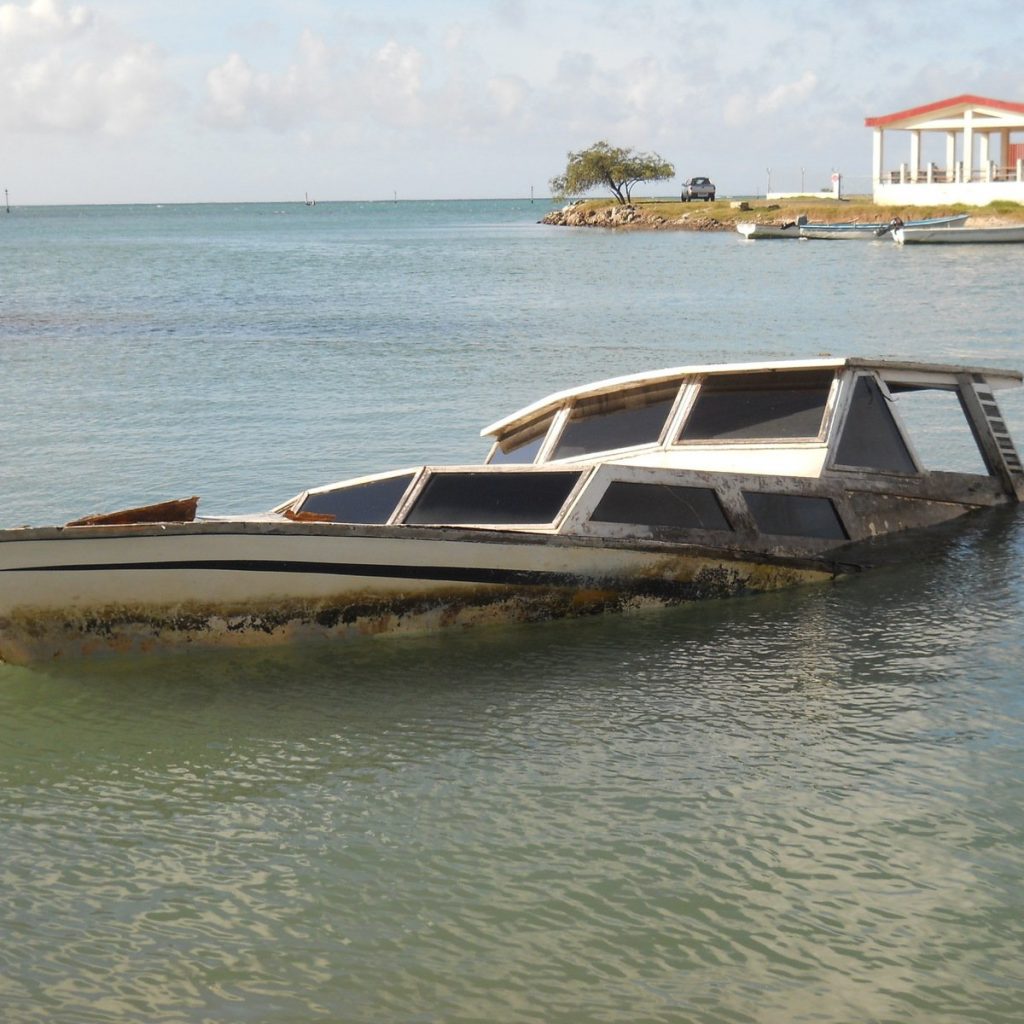 You have maintained your ship both outside and in. The bilge pump might be steadily pumping away, the motor is singing, and all rocks have been steered clear of. There are no icebergs in sight and all is well. Until… mother nature decides to send a storm your way, sending your ship crashing headlong into the nearest reef and before you can even think about the implications, the vessel is sinking.
You have maintained your ship both outside and in. The bilge pump might be steadily pumping away, the motor is singing, and all rocks have been steered clear of. There are no icebergs in sight and all is well. Until… mother nature decides to send a storm your way, sending your ship crashing headlong into the nearest reef and before you can even think about the implications, the vessel is sinking.
If you happen to find that there is a hole below the deck and the boat is taking on water, before you do anything else, try to plug the leak. The goal here is to get more water out of the ship than what is coming in. You can be as creative as you need to here. Use things like sails, seat cushions, table tops and even cabinet doors. If you find that there is more than a single hole, begin with the biggest one. Anytime there is a sinking boat scenario, abandoning the ship should be a last resort. Your boat will always be more visible and safer than your life raft.
If you aren’t the captain, attempt to remain calm and listen carefully to the directions given by the captain. If you happen to be the captain, begin assigning jobs to the passengers. Someone needs to gather every floatation device immediately and get any life rafts or boats ready. While other people block any holes or leaks, get on the radio and call for help. Give any respondent the coordinates for your exact location. Have other passengers gather up the following emergency items to put in the life rafts or boats:
- Flares
- Food rations
- Sunscreen
- Radio
- First aid kit
- Flashlights
- Fresh water
- Mirror to use for signaling
- Batteries
- Matches
If everyone can manage to stay calm and work in tandem, there is a chance that you will be able to keep the vessel above the water before making your way safely to the lifeboats. The evacuation notice from the captain should only ever come when there is no longer any doubt that the ship is sinking.
When you are adrift at sea and the Ship is Sinking
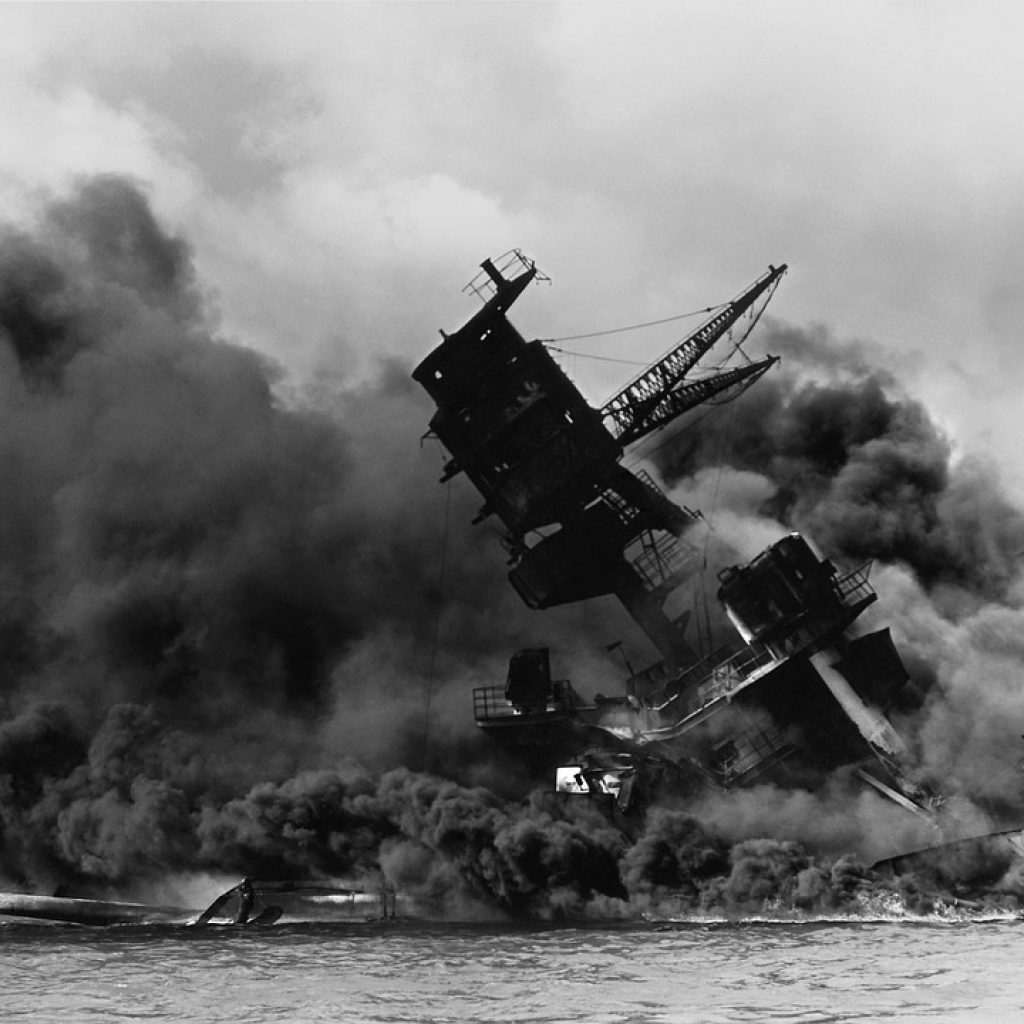 So, your boat sank, and you were able to make it onto a lifeboat. If the ship was a cruise ship, the chances are good that the call for help went out and there will be helicopters and rescue ships coming to your aid. If the boat you were on was smaller, and there wasn’t a chance to get an SOS off, you will be facing different challenges.
So, your boat sank, and you were able to make it onto a lifeboat. If the ship was a cruise ship, the chances are good that the call for help went out and there will be helicopters and rescue ships coming to your aid. If the boat you were on was smaller, and there wasn’t a chance to get an SOS off, you will be facing different challenges.
The psychological toll is one of the worst aspects of being in a lifeboat in the middle of the ocean. You will likely see nothing but water, and this can lead to a great deal of mental stress. The feelings of helplessness can be worse when planes and boats come near without spotting you. If you happen to be with others, you might try to occupy the time (and your mind) with word games or plans for the future. This can assist you with keeping your mind from dwelling on the situation while also giving you something that you can look forward to once you have been rescued.
Severe sunburn and heat stroke are a couple of other causes for concern. In a best-case scenario, your boat will have a cover of some sort that you will be able to shelter under when the sun is scorching. You can watch for signs of heat stroke in your fellow passengers and yourself if you are knowledgeable regarding the symptoms. They include:
- Confused state of mind
- Shallow breathing
- Elevated body temperature
- Rapid heartbeat
- Nausea and headache
If one of the others in your party or yourself have these symptoms, you should:
- Blot the skin using a damp cloth
- Drink fresh, cool water
- Get under some shade
- Fan them or yourself
Unfortunately, your sole hope will be to find dry land. This means that the longer you drift, the better your chances are. Most of today’s life rafts come with sea anchors that you can use to assist with stabilizing it. A raft that is stable can be a good thing. That being said, using the anchor means that your drift rate will slow. Stow your anchor when the weather is calm and then drop it when the winds kick up a notch. If you are able to maintain a drift rate of 2 knots, you will be able to drift as much as 50 miles every day. In weather that is calm though, you might remain in place for hours on end – even with the anchor stowed away.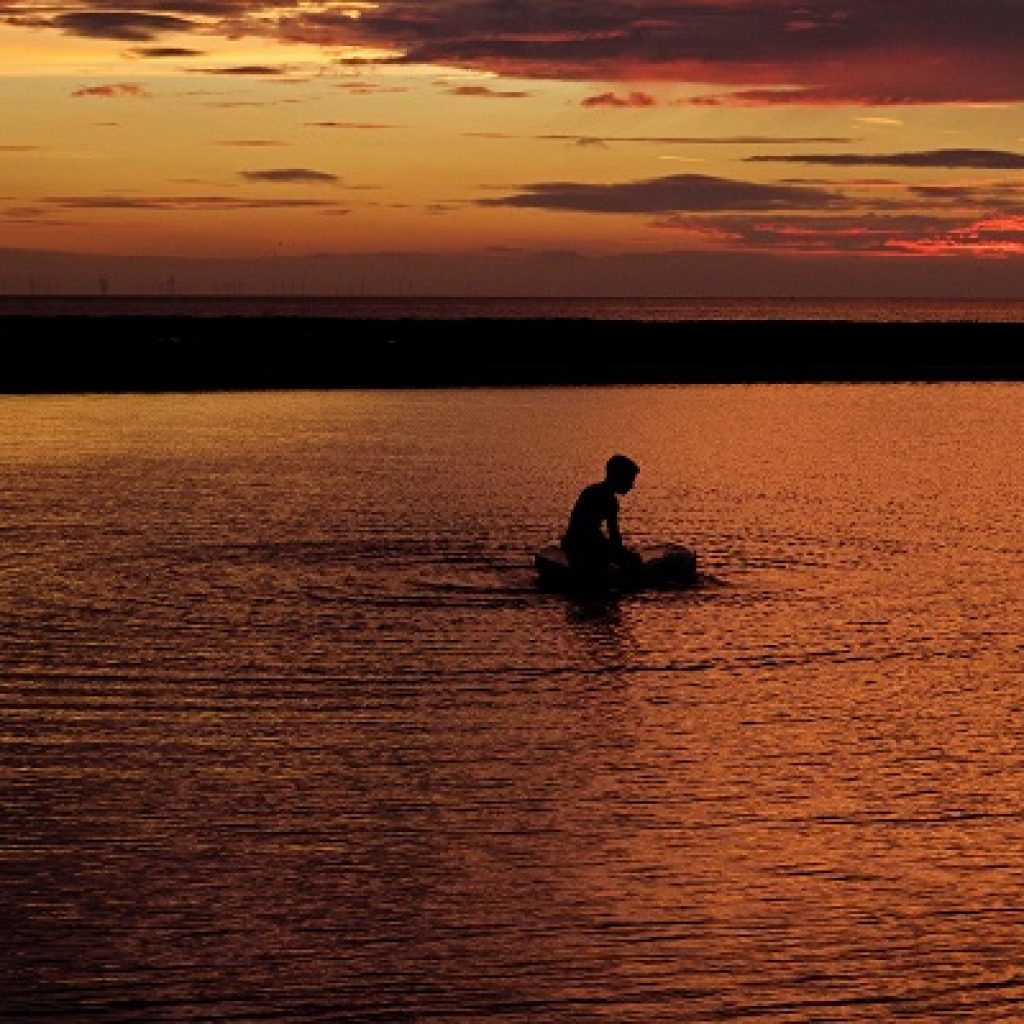
Try to ration the water as well as you can. You should never drink sea water. Sea water contains salt that will speed up your dehydration. When you have no water and are in hot conditions, you can begin to dehydrate in as little as an hour. With only mild dehydration you can experience:
- A decreased rate and frequency of urination
- Strong odor and deep color of urine
- Lack of saliva
With moderate dehydration:
- Dry mouth
- Rapid heartbeat
- Even less urine
- Sunken and dry eyes
With severe dehydration:
- Irritable and lethargic
- No urine
- Diarrhea and vomiting
The last stage of dehydration is when you go into shock. You can recognize this by skin with a bluish gray tint that is cool to the touch.
There might not be too much you can do about dehydration except to try to catch rainwater and ration it as will as you can. If you can beat the dehydration, it will give you a better chance at surviving that sinking ship.
Sources
- Boater Exam, How to Survive a Sinking Ship
- Thillophilia, How to Survive a Sinking Ship
- The Star, Tips on How to Survive a Sinking Ship
- Street Directory, How to Survive a Sinking Ship








